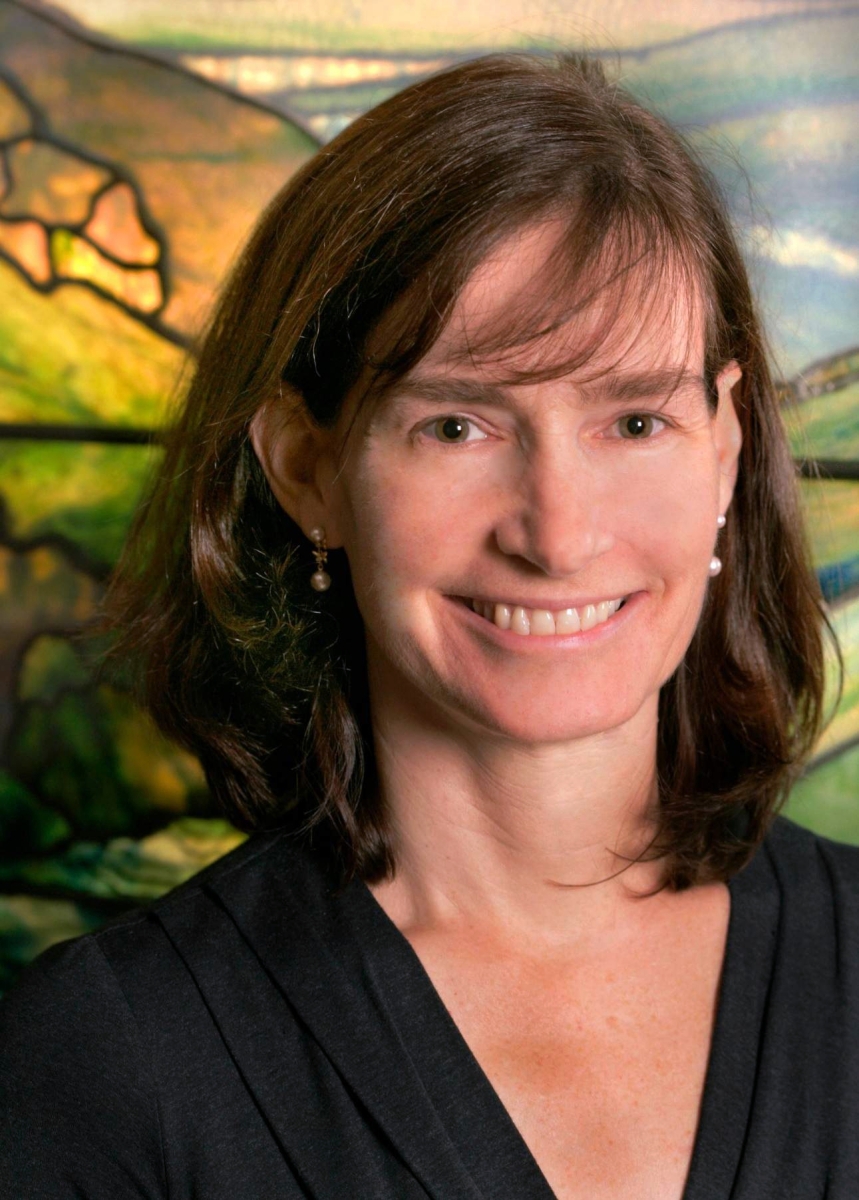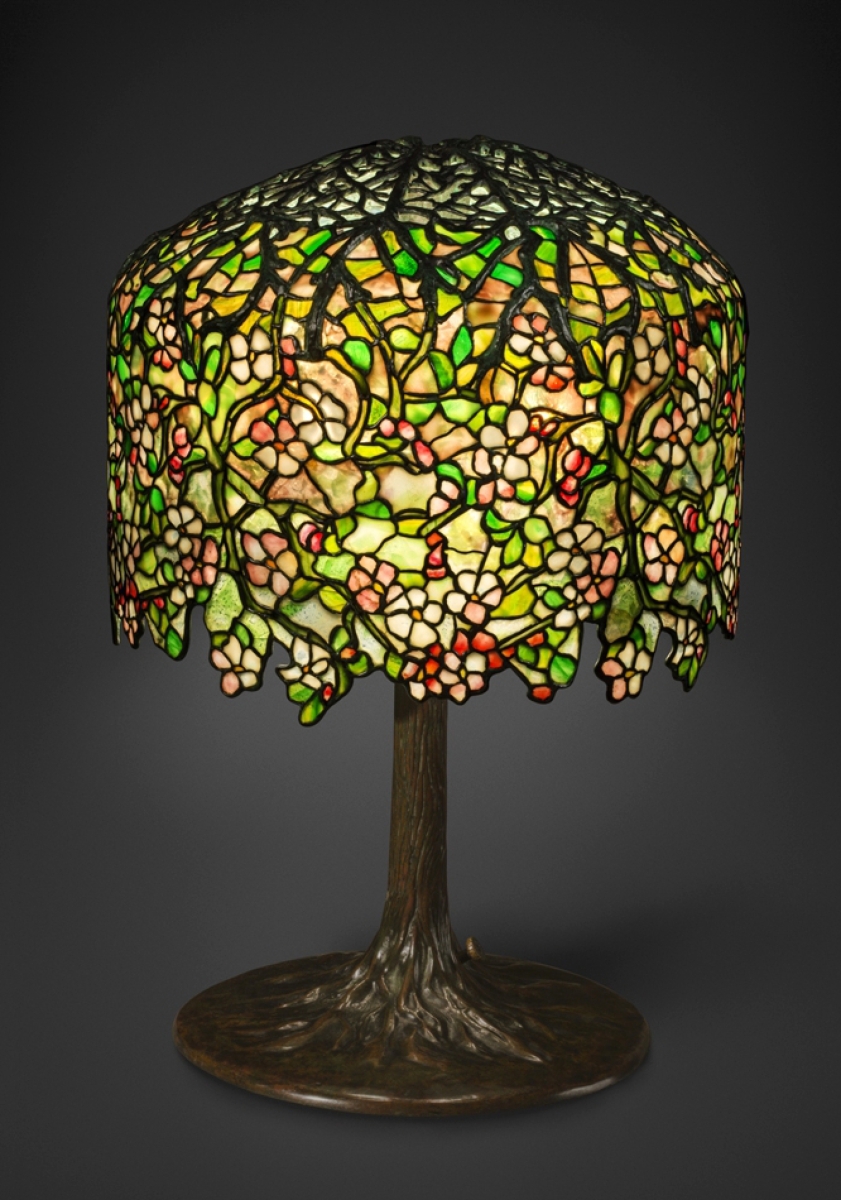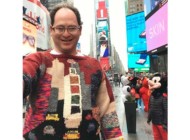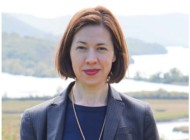
On April 29, the New-York Historical Society will unveil its transformed fourth floor, showcasing a custom-designed glass gallery displaying the museum’s preeminent Tiffany lamps collection, a prodigious trove of historic treasures from its permanent collection and new elements of the Center for Women’s History. The society’s vice president and museum director Margaret “Margi” K. Hofer says visitors are in for a new experience full of fresh perspectives.
What are the main elements of the transformation?
There are three main components to the transformation: the Gallery of Tiffany Lamps, showcasing 100 lit lamps in a dazzling multilevel space designed by architect Eva Jiricna; the Joyce B. Cowin Women’s History Gallery, featuring rotating art and history exhibitions that investigate the stories of women who have shaped and continue to shape the American experience; and a dramatic display of nearly 1,000 highlights from New-York Historical’s permanent collection enhanced by media that will engage visitors and allow in-depth exploration.
Would this have been possible without funding from the city and state?
The fourth floor renovation project has received extensive, generous support from both the city and state. It is hard to imagine moving forward with any of our major capital initiatives without the partnership of the New York City Council and mayor’s office, or without the generous support we receive at the New York State level.
How would you assess the impact that Clara Driscoll and the “Tiffany Girls” had on New York’s and the nation’s decorative arts?
New-York Historical’s 2007 exhibition and book A New Light on Tiffany: Clara Driscoll and the Tiffany Girls, which revealed the critical role of Driscoll and her department of female artisans in the designing and making of Tiffany objects, gave a jolt to scholarship on Tiffany Studios. The revelations have motivated curators, dealers and collectors to reassess the lamps and other decorative objects produced by Tiffany Studios, consider the various players involved in their creation, and perhaps rethink who should be credited for the design.
Our new multimedia film, which is being created and will screen in the museum’s first floor auditorium, was spurred by the story of Driscoll and her “girls” and explores the larger story of women like Driscoll who came to New York around the turn of the century to take advantage of opportunities available to women. Many of her contemporaries were able to make significant contributions in the arts or effect social change that reverberated throughout the nation.
How many Tiffany lamps are in the museum’s collection, and which is the most rare?

Tiffany Studios; probably designed by Clara Driscoll, Apple Blossom table lamp, circa 1901–06, glass, bronze.Gift of Dr Egon Neustadt. New-York Historical Society.
New-York Historical is fortunate to have 132 Tiffany lamps, all of them the 1984 gift of pioneering collector Dr Egon Neustadt. The collection includes many extraordinary lamps, among them a stunning Gourd shade – one of two known – on a Root base; a unique Clematis hanging shade; and a rare Fruit shade depicting the ripening of fruits around its circumference, displayed on a sinuous bronze pottery base.
Is there a favorite piece in the museum’s collection that appeals to you?
I have many favorites, but one that I am particularly excited about unveiling is the Pewterers Banner, a massive painted silk banner carried by Society of Pewterers in the Federal Procession of July 23, 1788, an exuberant parade in New York City celebrating the ratification of the US Constitution. The banner is painted with a 13-star flag – the earliest documented representation of that design – along with a scene depicting the interior of a pewter shop with artisans at work. Many extravagant banners were carried on that day, but this is the only one to survive. We recently completed extensive conservation treatment, including reframing with nonreflective acrylic, thanks to a grant from the Greater Hudson Heritage Network and additional support from many individuals. The banner looks magnificent.
How did you and your team arrive at imaginative new displays and family-oriented activities that would engage visitors?
Rather than work objects into a strict chronological or narrative framework, we let the strengths of our collection dictate the stories we would tell. In addition, we worked closely with Batwin + Robin Productions, a multimedia design company, to develop imaginative media pieces that would enhance visitors’ experience and deepen their engagement with the objects.
Besides the Tiffany lamps, what are some other icons of New York that are in the permanent collection?
Some of the other powerful artworks and artifacts on display include Charles Willson Peale’s well-known “The Peale Family”; Louis Lang’s monumental “Return of the 69th (Irish) Regiment, N.Y.S.M. from the Seat of War”; Robert Walter Weir’s probing portrait, “Sagoyewatha” or “Red Jacket”; a section of the wrought iron balustrade from the balcony of Federal Hall, where George Washington took the oath of office in 1789; a marble monument used to mark an intersection when Manhattan’s grid was laid out after 1812; the draft wheel that helped spark the deadly Draft Riots of 1863; a graffiti-covered door tagged by many graffiti writers of the early 1970s; Alison Saar’s bronze maquette for the Harriet Tubman Memorial, “Swing Low”; and one of Ludwig Mies van der Rohe’s Brno armchairs from the recently shuttered Four Seasons restaurant.
-W.A. Demers




